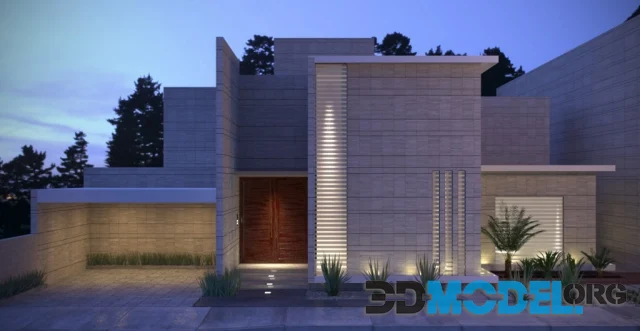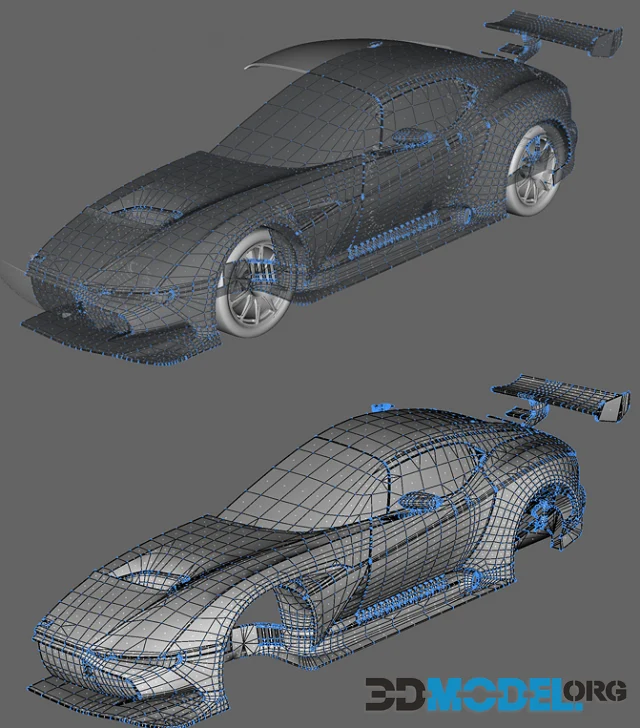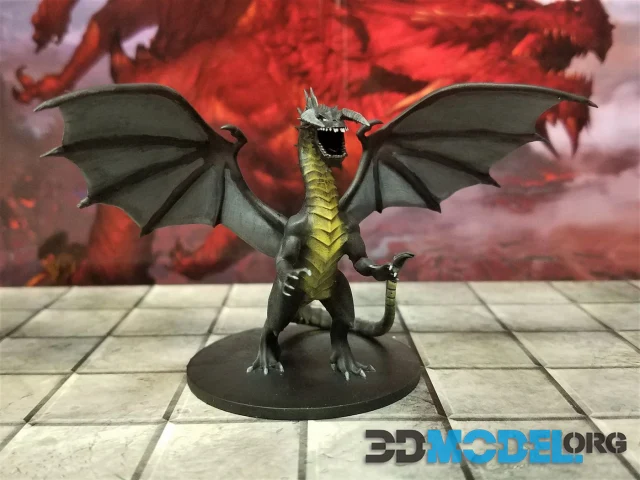Vray vs Corona for Architectural Rendering

When you are considering which software to use for architectural rendering, you have two main options. There is Vray and Corona, both of which offer great performance and features for your rendering needs. However, there are some important differences between them. Let's take a closer look at the advantages and disadvantages of each.
By the way, our website offers you a huge catalog of 3D models for architectural visualization. Here you can download ready-made 3D scenes of interiors and exteriors, as well as choose decorative and architectural elements for your projects.
Speed and performance
Corona and Vray are two of the most popular render engines for architectural visualization. Both have many similarities, and they are both very efficient. However, they have a few significant differences. These differences can make a difference in the final output of your project.
The first difference between Vray and Corona is that Corona does not use a GPU. Instead, it relies on the CPU. This allows for faster previews, and it also makes it easier to render interiors.
Another major difference between Corona and Vray is that Corona has a real-time mode. It uses all of the resources on your computer to render images in real time. For example, if you are rendering an interior, your CPU will be consuming all of its resources during the rendering process. With Vray, your GPU will be able to work on the rendering. In addition, a real-time mode eliminates the need for any updates to the scene.
One of the most interesting features of Vray is that it allows for GI detail. You will have to adjust some settings in order to get good results. On the other hand, Corona is very easy to set up, so you will be able to get good results quickly.
When comparing the features of Vray and Corona, it is important to keep in mind that Corona is a newer engine. It was initially created as a student project in 2009. Since then, it has become part of the Chaos Group. As a result, it has gained a lot of acceptance from experts. Until recently, it was only available for use with 3ds Max. However, the company has also updated versions for Rhino, Cinema 4D, and SketchUp.
Additionally, Corona's interface is more complicated than Vray's, but it has some advantages. First, the interface is easy to navigate, and you will be able to focus on the material and lighting aspects of your project. Also, you will be able to practice applying materials. Secondly, the materials you can apply are clear and detailed.
Aside from its convenience, one of the best aspects of Corona is that it is less expensive than Vray. The average monthly price of Corona is approximately EUR 25. That is compared to the average monthly cost of Vray, which is about $80.
Finally, when comparing the features of both engines, it is important to keep in mind that Vray is a more complete package than Corona. It has a wide range of options, so you can easily get the exact settings you want.
While Vray is a more complex tool, it has been able to maintain a strong standing in the market. It has been used by a variety of designers, architects, and film production companies. Moreover, its price is reasonable, and you will not have to pay for a license for a long period of time.
Bias mode vs unbiased mode
Corona is a software application for rendering architectural scenes. It is used in many different industries including animation, entertainment, visual effects, and architecture. However, Corona is relatively new and is still in its infancy.
Corona has an interface that is comfortable for users. In addition, the software has a comprehensive library of materials. This means that there is a huge variety of textures, materials, and models that are available to use. The interface is easy to navigate and provides a wide range of tools for creating realistic scenes.
V-Ray is another popular render engine that is compatible with a variety of software. Although the software is not as comprehensive as Corona, the rendering options are very flexible. You can choose from several different types of materials, textures, and lighting techniques. Moreover, the user can create their own materials.
Both V-Ray and Corona are designed to bring your 3D models to life. However, Corona is much more accessible than V-Ray. For starters, it can be used for free. Secondly, it only requires a small amount of customization, which can make it easier to get good results.
Lastly, V-Ray is more expensive than Corona. But you can get the software for free for a trial period. If you want to pay for it, you can purchase a one-year subscription or a monthly plan. Regardless, you'll get access to the full versions after the trial period.
On the other hand, Corona is an entirely CPU-based engine. It is designed to be more intuitive and simpler to use than V-Ray. While you may need a little more time to learn about the program, you'll find that the software is easy to understand.
Since it is CPU-based, Corona can be more efficient than V-Ray. You can expect to see faster rendering times with the software. Additionally, the interface is a lot more straightforward than the complex settings of V-Ray. There is also a Corona converter that allows you to convert your V-Ray scene to the Corona software.
However, you may have to adjust your render settings depending on the type of mode you're using. In general, you'll need to change some of your settings to get the best results.
Another difference is that Corona doesn't support GPU rendering. Instead, it uses a hybrid of unbiased and biased rendering methods. When you're using the unbiased mode, you'll be able to get faster rendering times. And when you're using the bias mode, you'll be able to minimize your rendering times.
If you're thinking about purchasing a digital rendering software, you'll need to consider V-Ray and Corona. These two engines are among the most popular in the industry. They're both great, but it can be hard to decide which one is best for you. Here are some tips to help you determine which rendering engine is right for you.
3D modelling tools
Vray and Corona are two of the most popular rendering software for architectural visualization. They are used by many professional designers, architects, and engineers. However, you must make sure you choose the right software for your specific needs. There are some major differences between the two. You will also need to consider the different types of 3D modeling software available.
For example, Google SketchUp is a good beginner tool that can produce decent results quickly. But it has some limits in workflow and image quality. A more sophisticated tool like Maxwell Render can produce photorealistic images for architecture and other similar projects. It is more powerful and offers a more advanced user interface.
In fact, there are many other software options that can be used for architectural visualization. Many of them are free, while others are not. One of the most popular is Lumion 3D. This tool has powerful tools and an intuitive user interface that allow users to create unique designs and context around their designs.
Another type of software is the plugin. These plugins can boost the growth of a software. Both Vray and Corona have a plugin. The plugin is what allows them to function with a large number of different programs. Some of these include Maya, Cinema 4D, Rhino, and Autodesk's Revit.
One of the biggest benefits of the Vray and Corona Renderer is that they have a wide range of CG options. That means you can create a realistic looking project without a lot of extra work. Additionally, you can create your own materials for your project.
While Vray has a massive list of features, there are certain things you must know before using the tool. First, you should learn the principles of photorealism. Second, you should be aware of the different types of materials that you can use to make your project look realistic. And third, you should know how to use the RT (real time) option in Vray.
One of the most useful tools in the Vray and Corona Renderer is the material editor. This is an important feature because it is one of the few ways to see what your finished product will look like. Plus, it has a huge number of flexible settings, so you can customize your project to suit your specific needs.
Besides the material library, the Vray and Corona Renderer also offer a number of additional features. For example, the Corona material de-noiser uses data from your render passes to calculate the amount of noise in the scene. Likewise, the Corona Renderer has an interactive GPU rendering mode that lets you view an approximation of what your finished product will look like.
When choosing the best software for your architectural visualization project, you will have to determine the features and functions that are the most important to you. In general, you can achieve a decent result with Google SketchUp, but you will not have the flexibility of other software.
Don't forget to visit our section with addons for 3D applications where you can download the current versions of Vray, Corona and other render engines, plugins and scripts for 3ds Max, Maya, Cinema 4D, SketchUp and others.
More articles:
Ctrl
Enter
Noticed a misTake
Highlight text and press Ctrl+EnterRelated news:
Comments (0)






